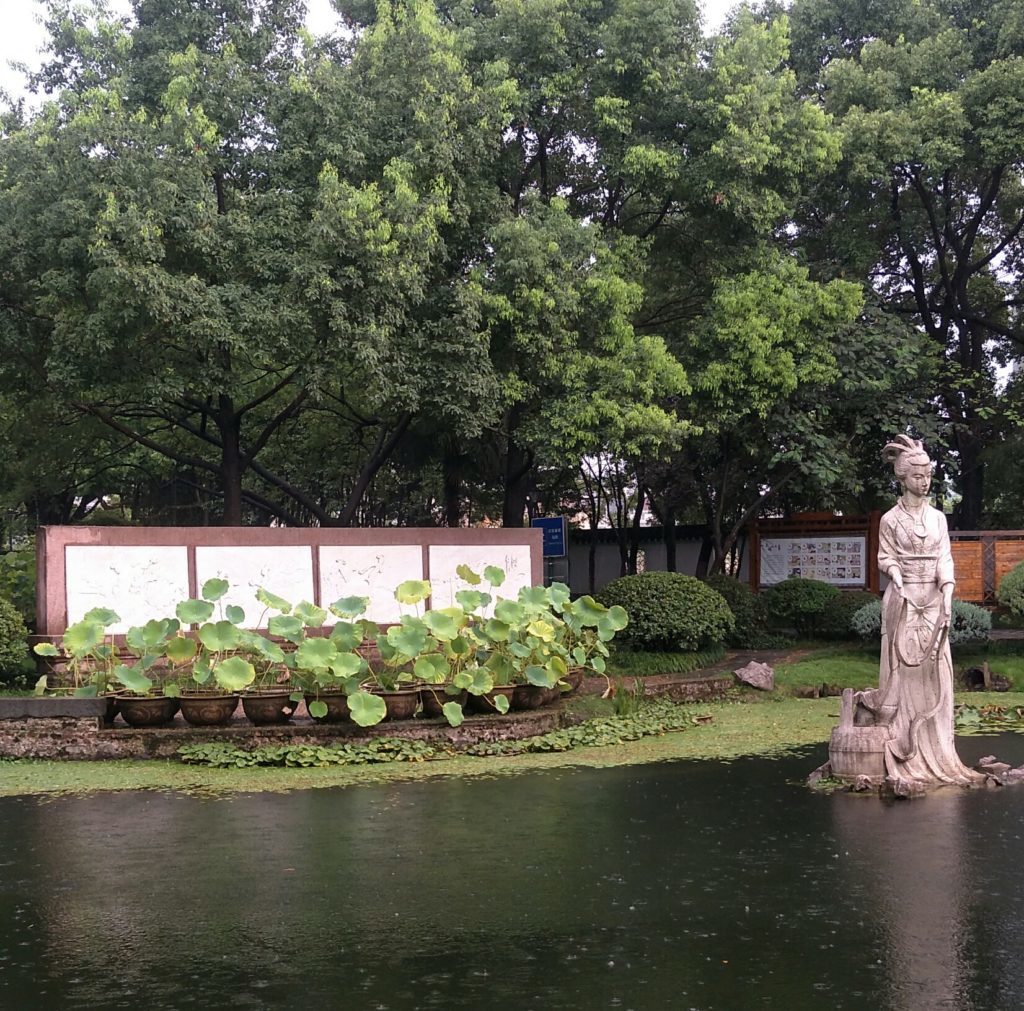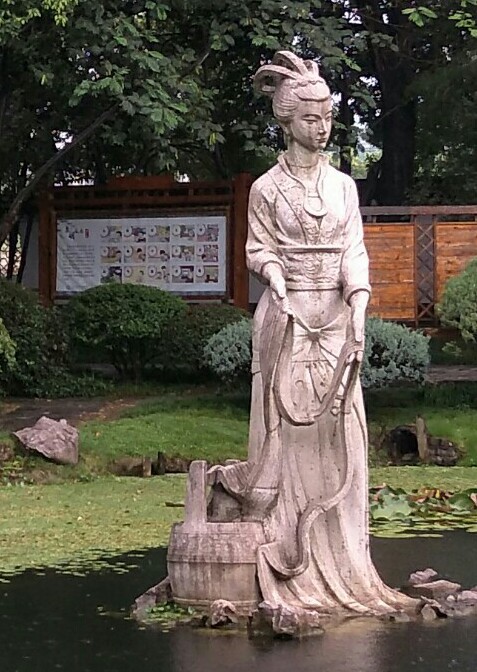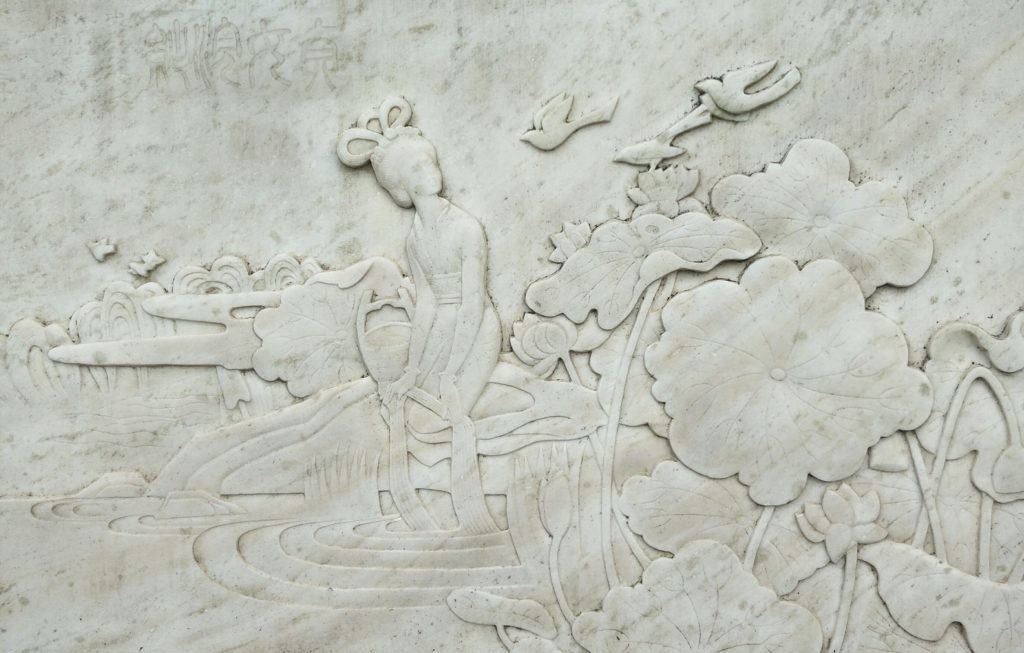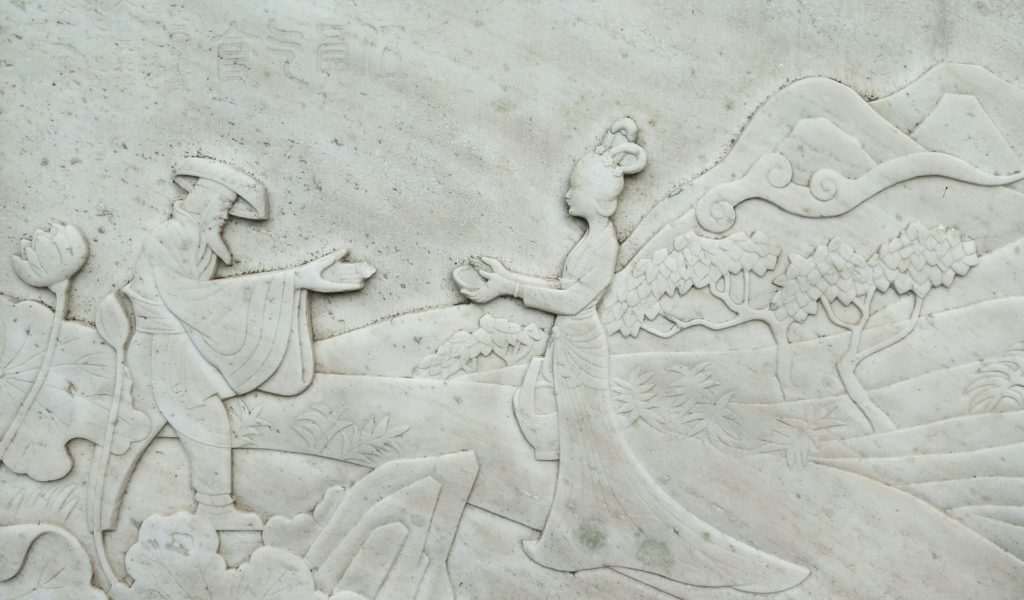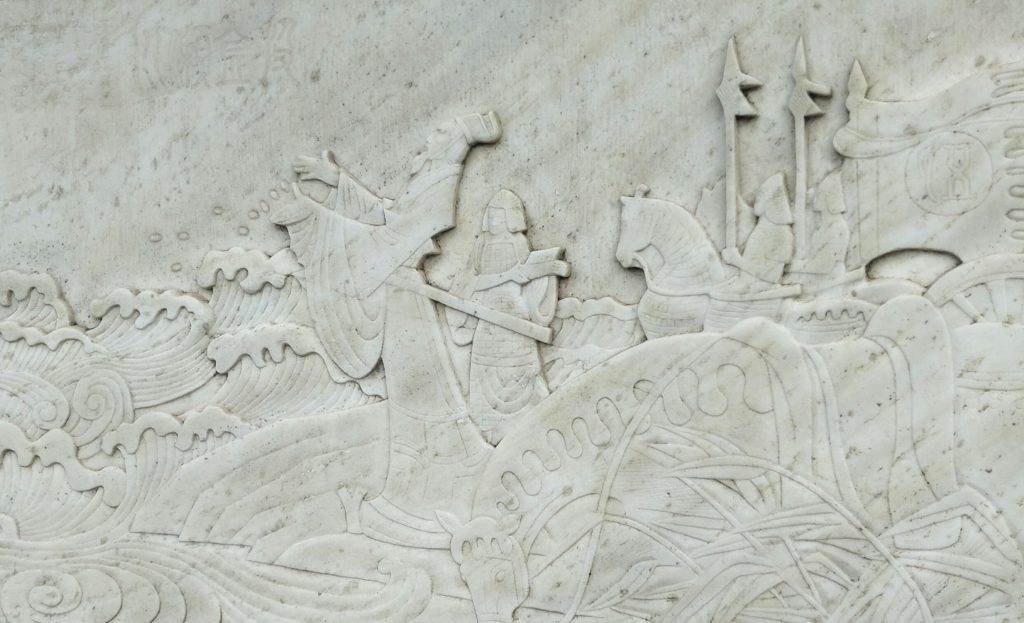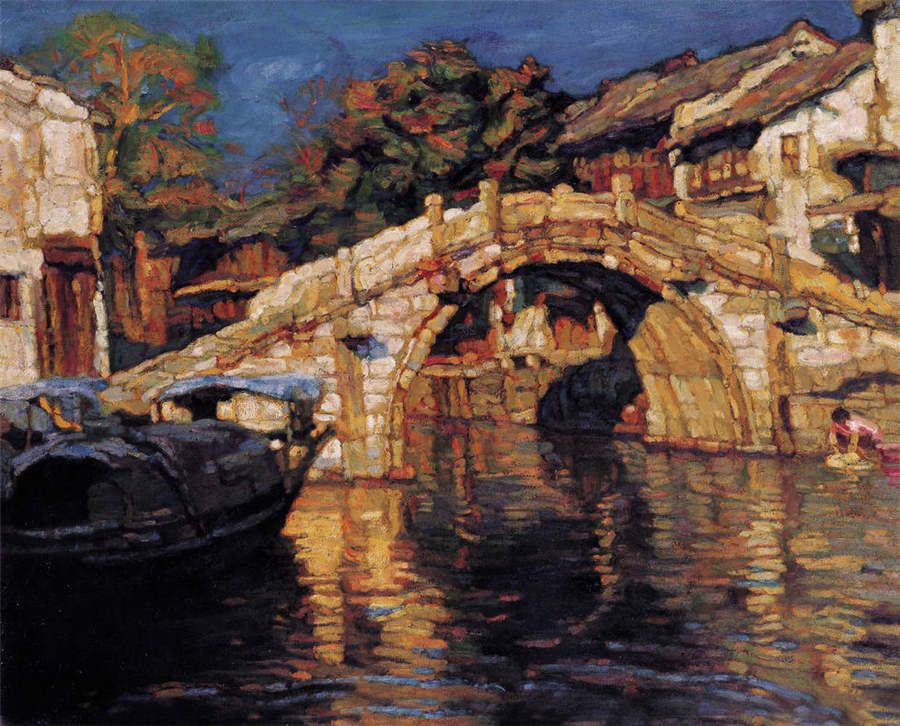
Imagine a famous painter is cruising through an ancient water town. He takes in the picturesque village around him, and then, all of a sudden, he is swept up in memory and is daydreaming about his hometown — it looks similar. However, the imagery of the rural town and it’s artificial waterways lingers in his memory, and he feels inspired to paint. It’s nostalgia, and it happens all the time with artists. The taste and smell, for example, of a madeleine cookie begins Proust’s Remembrance of Things Past, which is the longest novel in history.
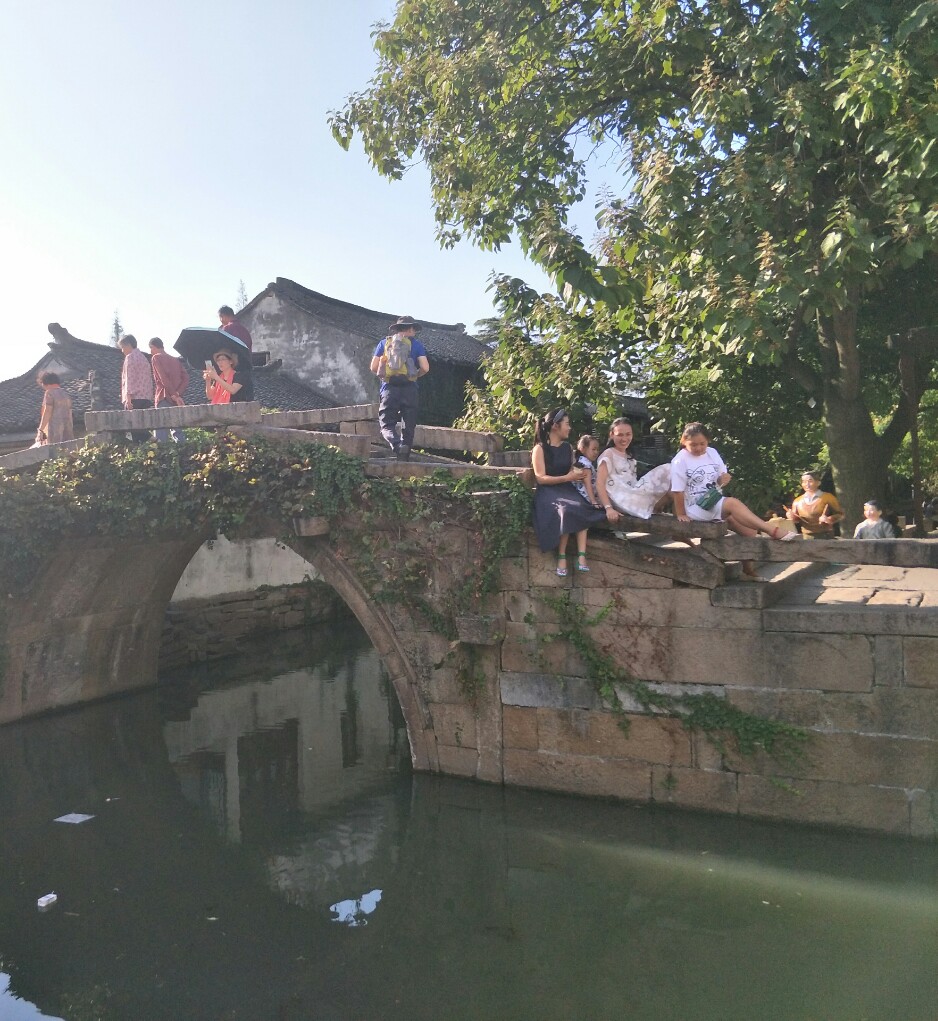
The above situation happened, though, to Chen Yifei 陈逸飞 in Zhouzhuang. He went on to recreate oil paint renditions of the watery hamlet, and these works went on to become internationally famous. They hung in New York City, and a very famous collector and arts patron, Armand Hammer, paid a very large sum of money to buy the painting Memory of my Hometown and give it as a friendly gift to Deng Xiaoping. The image of that painting even went on to become a first day cover for United Nations postage stamps. All of a sudden, Zhouzhuang went from a sleepy set of traditional homes and canals to being famous worldwide. It’s also a very famous tourist destination in China.
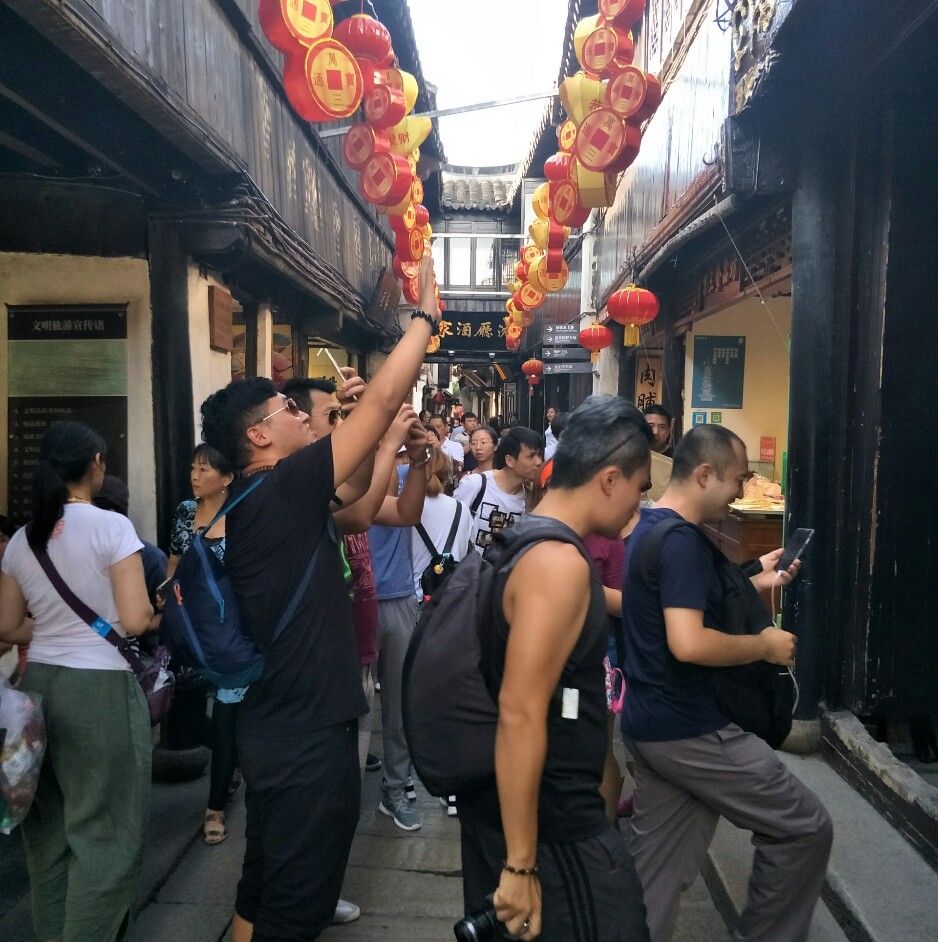
Much of the town consists of tight corridors. There are two large, sprawling homes preserved to look how the would have centuries ago, but some of the old shop fronts have been tasked for more modern purposes. For example, Zhouzhuang’s Starbucks is such a building in one of the narrow streets. McDonalds, on the other hand, is outside the attraction. There are picturesque boat tours that could be had, here. And the boats are recreations of what one might have seen in ancient China.
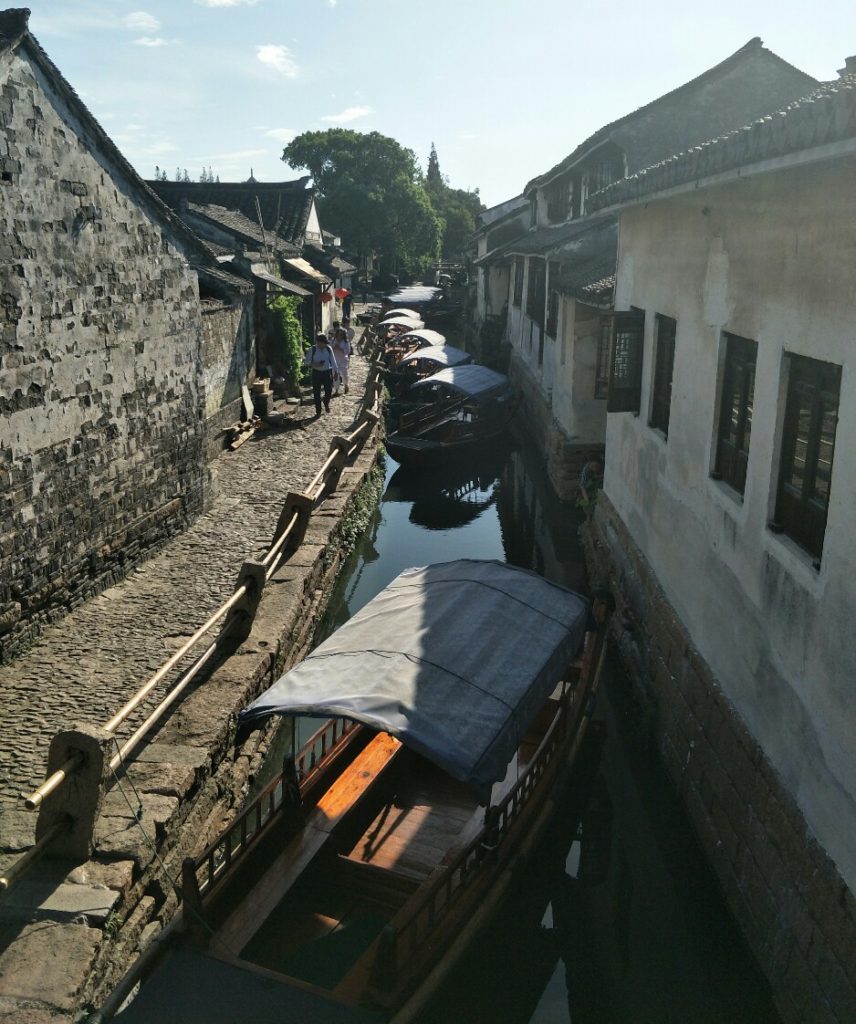
These boat trips cost extra, and entry into the water town proper goes for 100 RMB. As a destination, this is not a convenient trip for a solo traveler outside Kunshan. Essentially, a visitor must take the high speed rail to Kunshan South Station. That’s between Suzhou and Shanghai. From the South Station, one has to take Kunshan’s public 133 bus to its terminal station. One added convenience, though, is that this route passes Jinxi Ancient Watertown. So, it is possible that a visitor to Kunshan can easily see both attractions in one day. The other option would be to get on a chartered tour.

